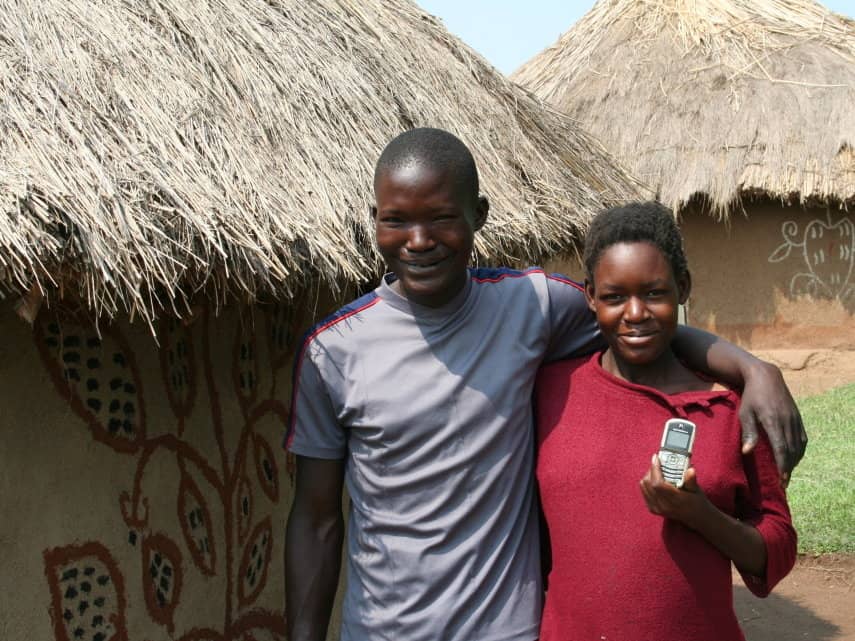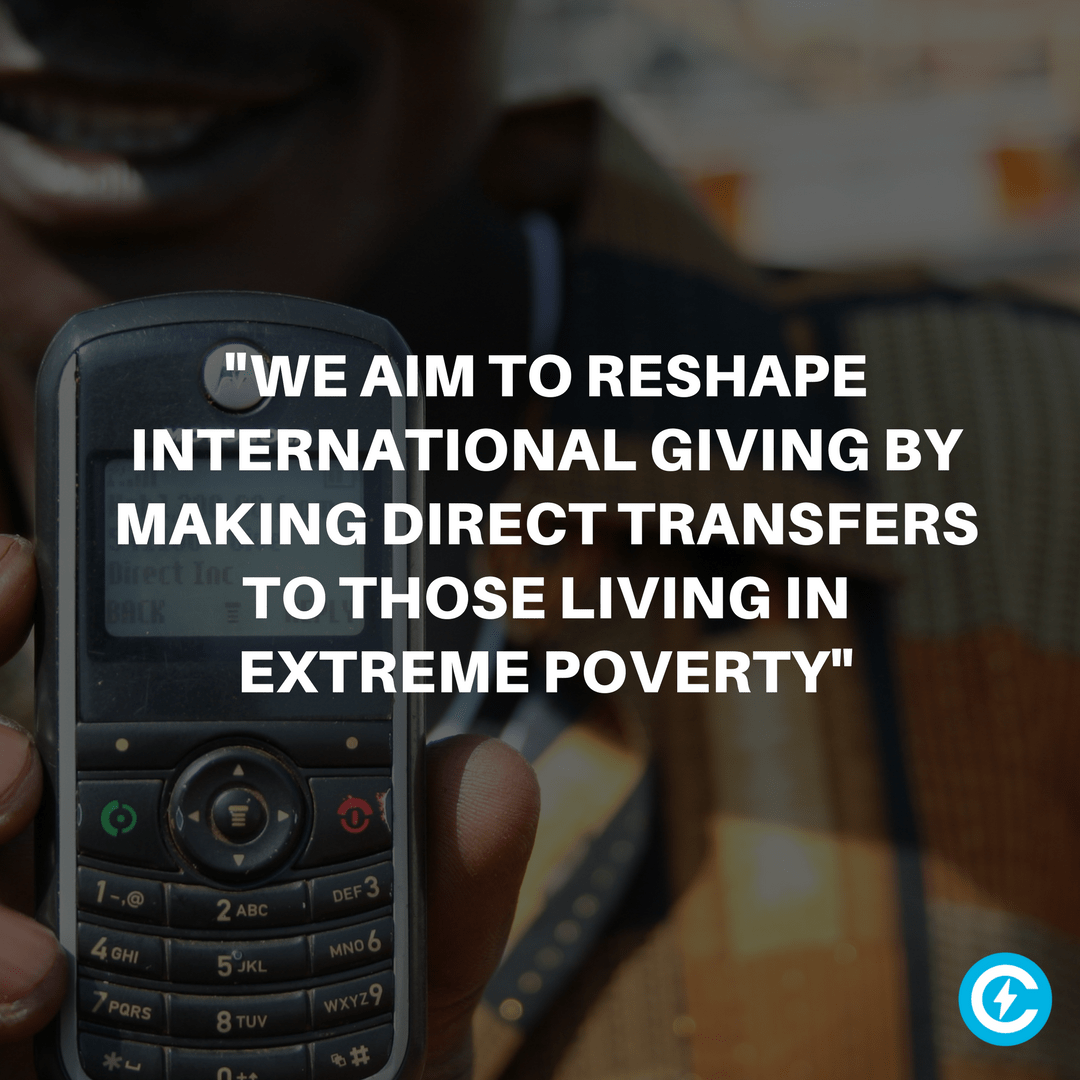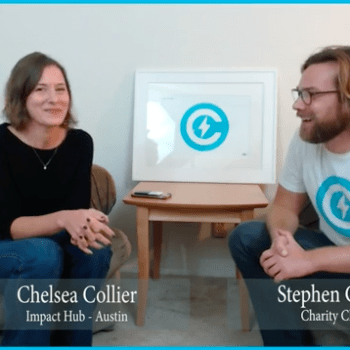The GiveDirectly vision is very simple. Aim to reshape international giving by making direct transfers to those living in extreme poverty(living on less than a dollar a day).
Traditional ways of giving internationally gave become more and more complex. Donors typically give to international NGOs that manage money, fundraise, and implement programs through partner organizations abroad which have their own (usually hidden) cost structures. Overall it is hard for donors to tell how their money will be used, what this will cost, and whether there is any evidence that it works.
GiveDirectly takes money from donors and give it directly to the poor. GiveDirectly can do this because modern payments technology has drastically cut the costs of sending money directly to the extreme poor, at the same time as new research has shown the powerful effects this has on their lives.
Listen to our podcast interview with GiveDirectly here.

Below is a Q&A with Matt Johnson, CMO of GiveDirectly.
Target, audit, transfer, monitor; your 4-step system to reaching families in need with funding. Can you explain how you evaluate a households income and needs based on this system?
Our goal is to find families living in extreme poverty, on less than about one dollar per day. To do this, we first identify specific areas with high rates of rural poverty using data from national census statistics. Next, our staff go to the village and visit every household door to door. We then use a range of context-specific indicators, such as whether the family’s home is made out of mud walls and a thatched roof, to determine if the family meets our eligibility criteria. If they do, we return to that family to enroll them in our program.

Most people may see sending cash directly to a household in Kenya as a bit shady. How do you move around this initial thought and let donors know the impact they are making by giving cash directly to those living in extreme poverty?
In fact, it’s often the traditional, top-down charities that have opaque processes, where a large percentage of public donations ends up in a complex bureaucratic system. With GiveDirectly, donors can be assured that about 90 cents of every dollar makes it to the hands of poor families. But on top of GiveDirectly’s efficiency in sending money, we also find that cash transfers are extremely effective: families use the money wisely in their own best interest. Scientific evidence from around the world, as well as on our own operations, shows that families spend cash transfers to improve incomes, health, education, and psychological well being, as well as a range of other metrics.
How does GiveDirectly monitor households after they have received their funds and ensure that funding isn’t being spent inappropriately?
We work hard to make sure our transfers end up in the hands of the poor. After every transfer GiveDirectly calls families to make sure that they have received the transfer and that they did not experience any problems. Separately, we have independent audit teams who perform separate checks on whether the money made it to the intended recipient. In recent campaigns, over 99.5% of our transfers were received successfully, with fewer than 1% of recipients reporting any theft. That said, we don’t impose conditions on how recipient families spend once they receive the money — research from across the world show that poor families do not spend on alcohol or drugs, and use the money to improve their own lives.

Do you think GiveDirectly’s system will change the way most developing countries perceive the idea of aid and charity?
GiveDirectly is helping to change the international aid system, by leading a growing movement toward using more unconditional cash transfers in international aid. In the last year, the former UN Secretary-General and Prime Minister Theresa May both expressed support for cash transfers. But there is more work to be done — only 6% of humanitarian aid, and even less of development aid, is sent as cash. As ODI recommended: “The questions should always be asked: ‘why not cash?’ and ‘if not now, when?’”
Do you believe GiveDirectly fits with how sustainable development should be strategically implemented?
Cash definitely has a role to play in sustainable development in two main ways. First, cash transfers are one of the most well-evidenced arguably the largest evidence base of any anti-poverty tool, and using cash transfers can sustainably help extremely poor families escape from poverty. Specifically, cash transfers show extensive long-term impacts in economic metrics: two studies have shown that recipients of cash transfers see large income gains four to five years later. Second, cash can be used as “benchmark,” thereby raising the standard for the effectiveness of aid.

Where do you see GiveDirectly in the next five years?




